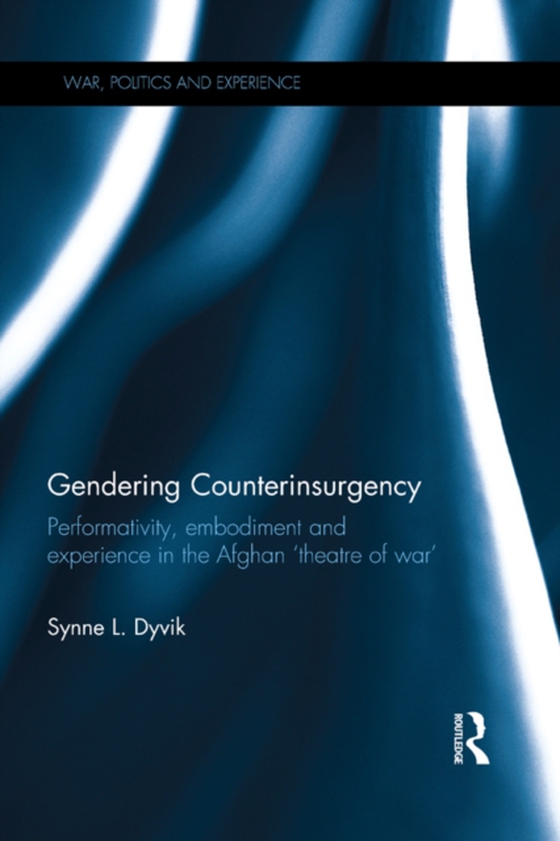
Gendering Counterinsurgency e-bog
348,37 DKK
(inkl. moms 435,46 DKK)
This book analyses the various ways counterinsurgency in Afghanistan is gendered. The book examines the US led war in Afghanistan from 2001 onwards, including the invasion, the population-centric counterinsurgency operations and the efforts to train a new Afghan military charged with securing the country when the US and NATO withdrew their combat forces in 2014. Through an analysis of key count...
E-bog
348,37 DKK
Forlag
Routledge
Udgivet
8 december 2016
Længde
156 sider
Genrer
1FCA
Sprog
English
Format
pdf
Beskyttelse
LCP
ISBN
9781317438403
This book analyses the various ways counterinsurgency in Afghanistan is gendered. The book examines the US led war in Afghanistan from 2001 onwards, including the invasion, the population-centric counterinsurgency operations and the efforts to train a new Afghan military charged with securing the country when the US and NATO withdrew their combat forces in 2014. Through an analysis of key counterinsurgency texts and military memoirs, the book explores how gender and counterinsurgency are co-constitutive in numerous ways. It discusses the multiple military masculinities that counterinsurgency relies on, the discourse of 'cultural sensitivity', and the deployment of Female Engagement Teams (FETs). Gendering Counterinsurgency demonstrates how population-centric counterinsurgency doctrine and practice can be captured within a gendered dynamic of 'killing and caring' - reliant on physical violence, albeit mediated through 'armed social work'. This simultaneously contradictory and complementary dynamic cannot be understood without recognising how the legitimation and the practice of this war relied on multiple gendered embodied performances of masculinities and femininities. Developing the concept of 'embodied performativity' this book shows how the clues to understanding counterinsurgency, as well as gendering war more broadly are found in war's everyday gendered manifestations.This book will be of much interest to students of counterinsurgency warfare, gender politics, governmentality, biopolitics, critical war studies, and critical security studies in general.
 Dansk
Dansk

